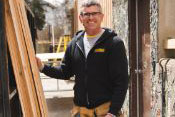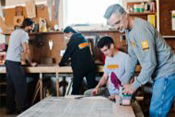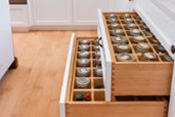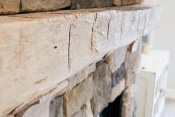Building science is a very complex world. Staying on top of the latest developments takes a lot of time and effort. Recently we gathered our whole team together for a morning of building science training. Andy Oding of Building Knowledge Canada Inc. lead us through dozens of building code updates and changes as well as some of the finer points of looking at the house as a system.
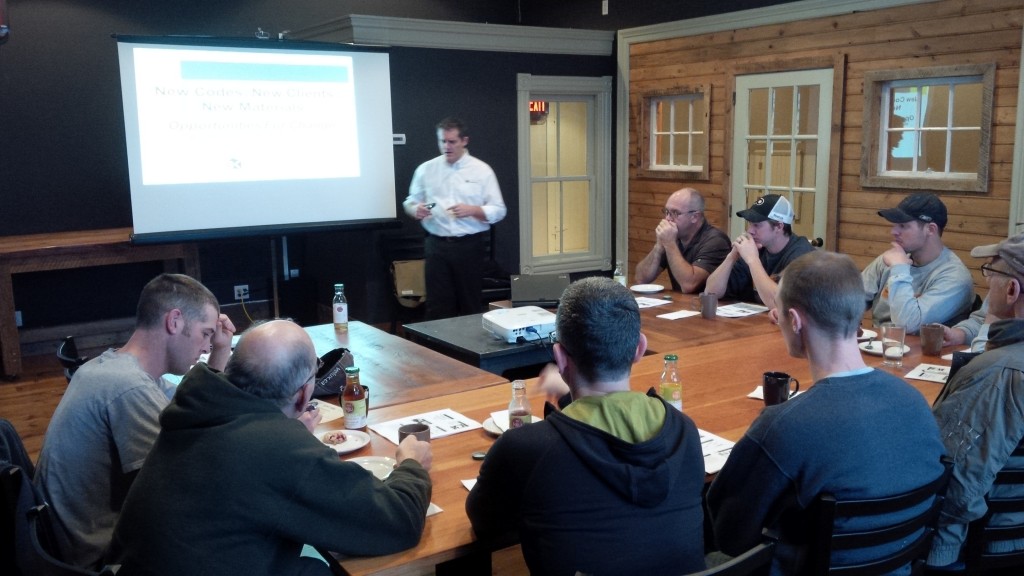
What is Building Science?
It could be defined as understanding the flow of heat, air and moisture. In general these three things always move from more to less. Heat moves from warm to cold. Air moves from high pressure to low pressure. Moisture moves from wet to dry. These elements always seek to find a state of equilibrium. Understanding this concept helps us visualize the flow of these elements and in turn enables us to build either to accommodate, slow or stop these flows.
Here are 3 key things our team learned that we apply in every home renovation.
Build Tight, Ventilate Right.
This is the overall theme of the new building code. As houses are built tighter, with less air leakage, it is equally important to have controlled ventilation to keep moisture under control and reduce energy consumption. Old buildings were uninsulated and drafty which in some ways worked to keep them dry but they were not very comfortable for daily living. REEP Green Solution of Waterloo Region has put together this little video about this building science theory.
Another advantage of building tight can be a reduction of ice dams.
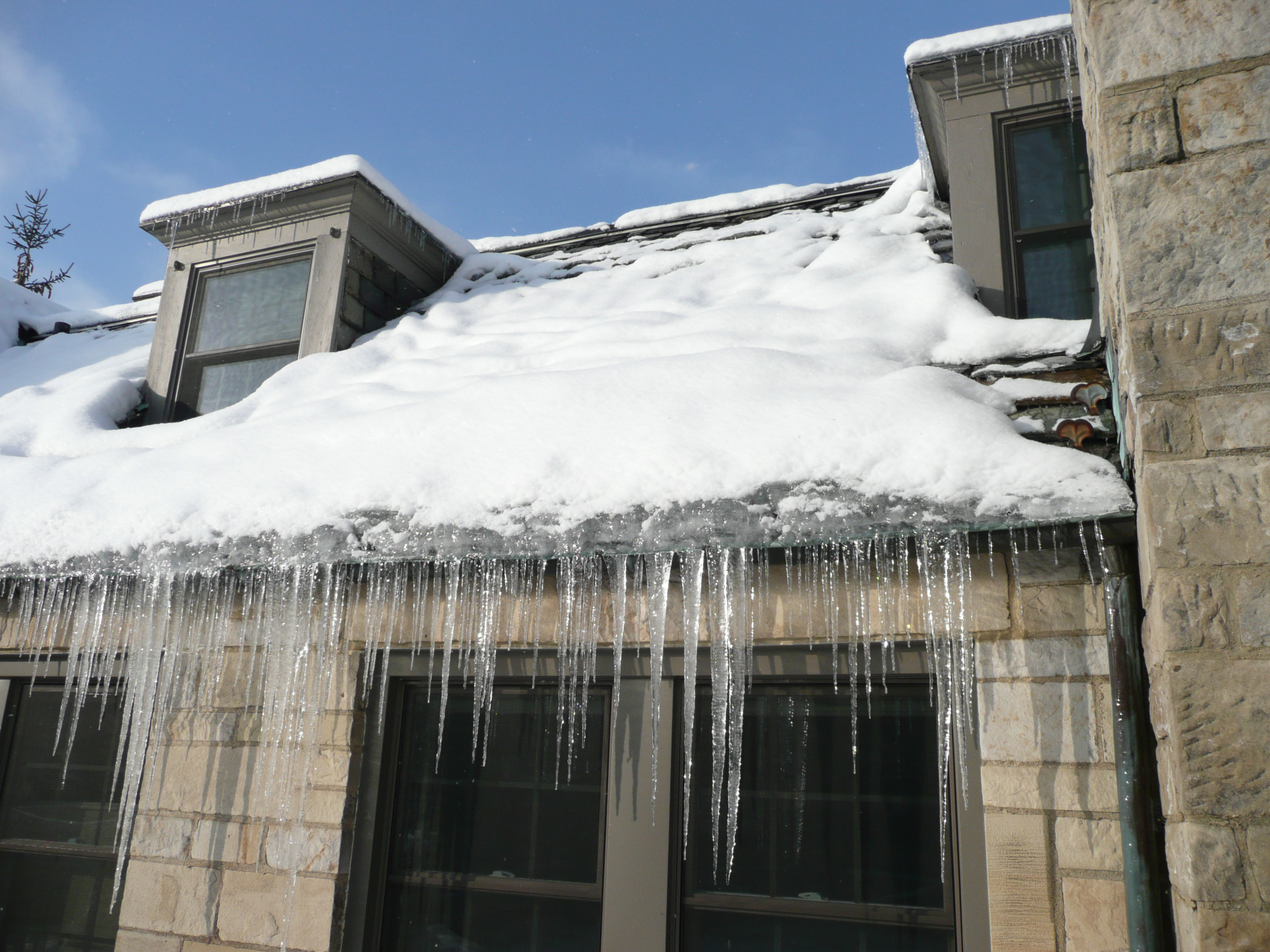
Recent studies are showing that air leakage into the attic is as important if not a more important factor than insulation levels and attic ventilation at stopping ice dams. There are many things protruding into the attic space such as unsealed attic hatches, electrical boxes, pot lights, plumbing stacks and bath fans. All of these can have small gaps around them that leak warm moist air into the attic. In winter, this warm moist air will cause snow on the roof to melt and water then runs down to the cold eaves where it freezes and starts to build up causing the dam. In the ‘build tight, ventilate right’ philosophy, sealing around all these small cracks will go a long way to stopping the ice problem.
A Simple Formula for Leaks
Leaks can occur in many different ways. You can have water leaks, air leaks or heat leaks. Working in renovations we encounter leaks everyday in one way or another. In order to solve a leak problem we can think of this simple formula.
Substance + Hole + Pressure Difference = Leak
If we can eliminate any one of these pieces in the formula then the leak can be stopped. A simple example would be a situation where water is leaking into a basement from a disconnected downspout. If we connect the downspout and thereby direct the rain water away from the foundation then we have eliminated the substance part in our formula and the leak stops. Another example would be sealing the gap around a plumbing stack so air can’t move into the attic. Not all leaks are this simple to solve but the underlying principle is always there.
Bigger isn’t Better
One might think if an 80,000 BTU furnace is good then a 100,000 BTU furnace is even better or if a 1 ton air conditioning unit is good then a 2 ton unit is even better. This is not the case. A properly designed system isn’t necessarily just a bigger system. If we take the air conditioning example, if the unit is too big the house is blasted with a huge amount of cold air for a very short period of time as the thermostat will tell the unit to shut off before the air is actually conditioned and the humidity is taken out. A smaller, properly designed unit will run a little longer but will provide much more comfort for the occupants.
Building science is a very complex field but we know that effective renovations rely on our ability to design and build for the house as a system. We are committed to keeping our staff up to date on new developments, techniques and technologies. We’ll be heading back to the classroom later this year for more training!
– Trent






